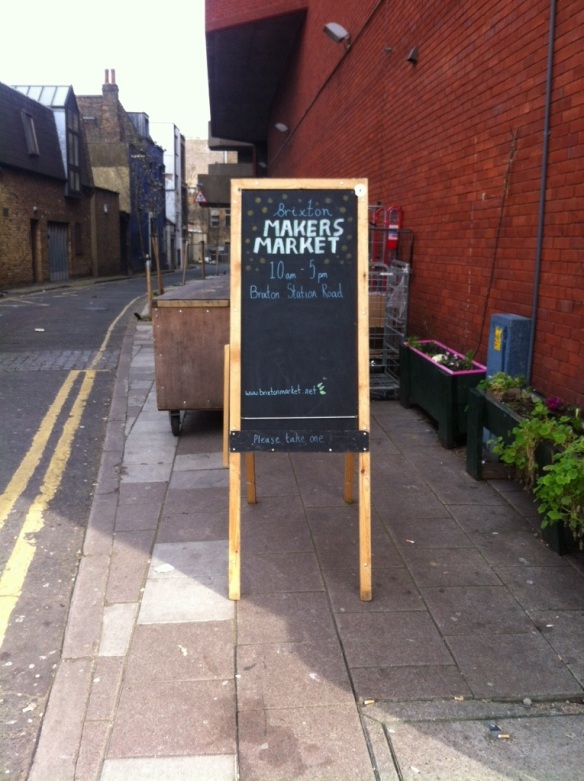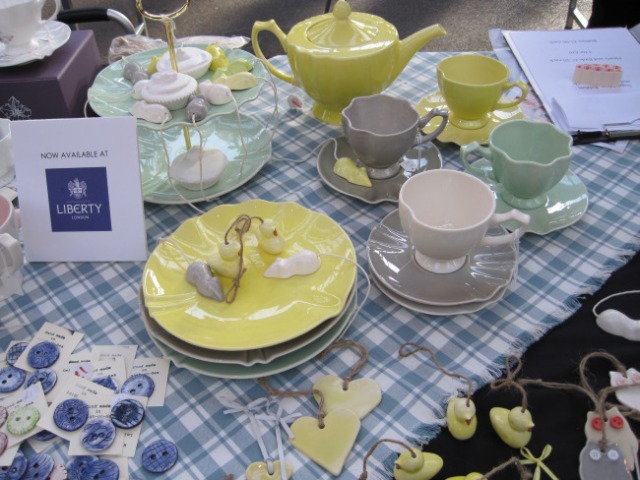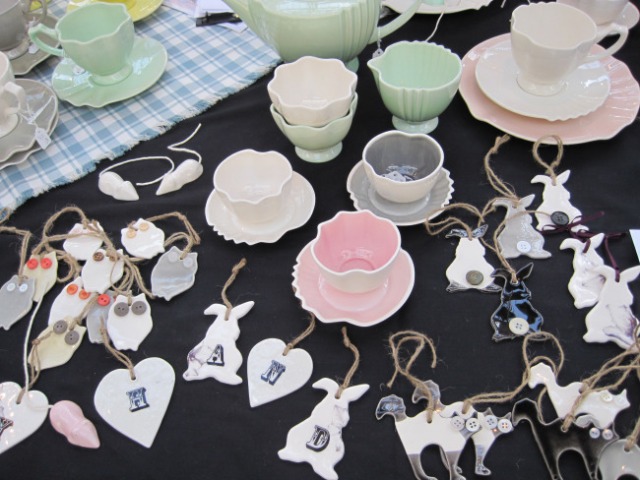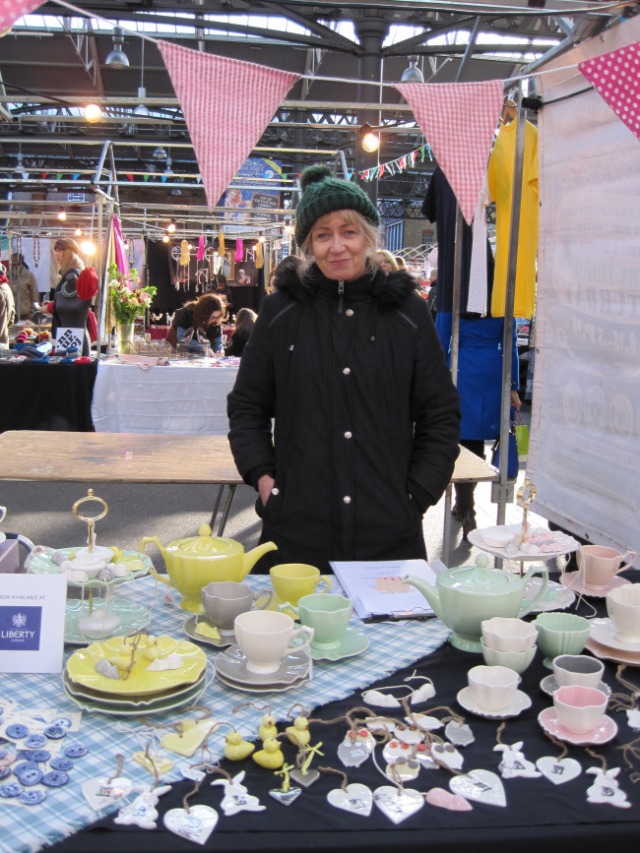
“A designer should be thinking of how they are creating; what products are they using; how they using it; can it be washed 60m times instead of just using it for one season,” Ms Asher said. – Photo by Nora
Asher, who comes from a long line of textile makers, tells her soul in her art of knitting. Having involved in London Brixton Station Rd Makers Market for several years has let her speak through her love of constructive textile.
Speaking in an interview with Nora one of StartupStyles stylista, Ms Asher pours her disheartened of designers nowadays who think more of designing with textiles that came out of the box but not actually designing for something that can test through time.
“A designer should be thinking of how they are creating; what products are they using; how they using it; can it be washed 60m times instead of just using it for one season,” Ms Asher said. “Because there are materials that we can use. But people aren’t willing in technology to try these new things or invest in new things.”
Official data from UK Office for National Statistics (ONS) recorded Britain as Europe’s leading center in manufacturing of high quality textile clothing and fabrics producing close to £9bn worth of goods back in 2007.
Employment figures generated by the industries reached more than 150,000 people and the high street fashion industry was estimated to be worth more than £44bn.
Taking examples of well-known couture designers such as French-born Christian Dior and Gabrielle Bonheur Chanel –famously known as founder of the Chanel brand – Ms Asher said, designers need to be inspired by these people by their knowledge and the way these designers make of their skills and passion.

“Me personally, I have a Chanel bag that my mom had from back in 1958 and that bag is still perfect. The quality is still there,” Ms Asher said. – Photo By Nora
“They (couture designers) have branded themselves now because the world has branded them. They were true to their call of skill of hand sewing,” Ms Asher said. “Me personally, I have a Chanel bag that my mom had from back in 1958 and that bag is still perfect. The quality is still there.”
Ms Asher said, designers nowadays are lacking in quality in their design making and do not understand the craft that they are making.
“Make sure you know what you are doing. Work with your materials. Do not just draw and think it (the product) just going to come up. You have to understand fabric because that is where it all starts from,” Ms Asher said.
“There is a huge difference between designing and making. You are either a designer or a maker.”
A study research conducted by UK Department of Trade and Industry together with the British Fashion Council finds retailers suggested more young UK designers should be encouraged to develop partnerships with retailers or manufacturers before setting up as an independent creator of collections.
The study said retailers are more prone to hire designers that has some background in business management skills to ensure their products can be materializes somehow and not just a hanging ideas on a paper.
“For retailers to be encouraged to buy more British rather than international designers, this requires an environment where UK designers work commercially to the retailers’ timetable,” The study said.
The study also found there is somewhat a blur line between expectations by the clothing industry of design education and the real graduates who come out of the design education.
“The question remains unanswered as to whether courses should teach fashion as art, or fashion for industry,” The study said.
The study further recommends, designers should be helped by experts in terms of advising them in their future careers. Consulting works on advising young designers on their possible career progression and the current market size can give young designers their expectations of their target market for new products.
Whichever way the industry swayed between seasons, there is an apparent reason to address a lot of work in making young designers to be quality designers.
Instead of conforming to the demands of fickle trends, young or up and coming designers should take into account originality in their designs making them more long-lasting through seasons instead of accommodating for just a particular season.
Good quality clothing will test through time and is all about recognising fabrics and material to fit the purpose. Clothing products has to be aesthetically pleasant to the wearer’s eyes and gives the wearer a sense of extra character that can bring life to the person wearing the clothes.
Working hand in hand with UK’s decent manufacturing industry will enable designers to approach retailers within reach. But persuading people to wear a design is hard work. It is up to the designers to make a clothing design that is of quality to last, especially in terms of being environmentally friendly.
On the flipside, for the UK manufacturing to continue thriving, investments has to be made by working together with young designers in producing quality knitwear as good manufacturers after all is not all about mechanizing. It is about knowing the trends and visual things too. A perfect combination of both a good manufacturer and designer will create and produced quality fabrics or garments and designs that have its own personality.
















